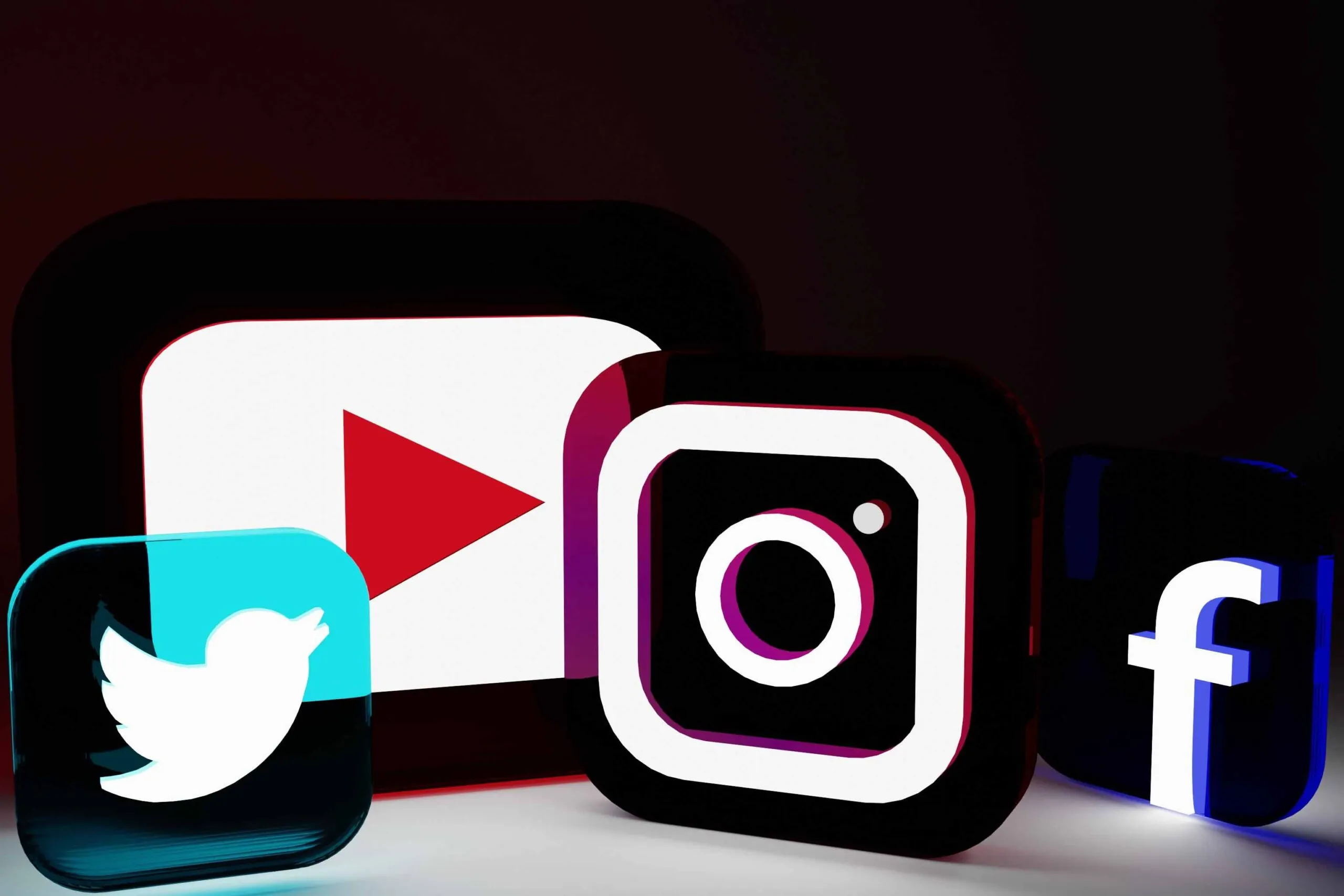
In today’s fast-paced and interconnected world, digital marketing has become an essential aspect of promoting businesses and reaching a wider audience. If you’re new to the field of digital marketing, this comprehensive guide will provide you with a solid foundation and equip you with the knowledge needed to navigate the ever-evolving landscape of online marketing strategies. From understanding the core concepts to exploring various channels and techniques, let’s dive into the exciting world of digital marketing.
What is Digital Marketing?
Digital marketing refers to the promotion of products, services, or brands using various digital channels and technologies. Unlike traditional marketing, which relies on offline mediums such as print advertisements or billboards, digital marketing leverages online platforms and tools to reach a wider audience in a cost-effective manner.
The Importance of Digital Marketing
Digital marketing offers various advantages over traditional marketing methods. It enables businesses to reach a global audience, target specific demographics, measure campaign performance, and establish meaningful connections with customers. Moreover, it is cost-effective and allows for real-time interaction and feedback.

Understanding Digital Marketing
Digital marketing is the use of digital channels and platforms to advertise products, services, or brands to a specific audience. It encompasses various online marketing strategies and tactics aimed at reaching potential customers, building brand awareness, driving website traffic, and ultimately generating leads or sales. Understanding digital marketing involves grasping its key components and concepts. Here are some essential elements of digital marketing:
Key Components of Digital Marketing
a. Search Engine Optimization (SEO): SEO involves optimizing your website and content to improve organic search rankings on search engine results pages (SERPs). By incorporating relevant keywords, enhancing user experience, and building high-quality backlinks, you can increase your website’s visibility and attract more organic traffic.
a. b. Pay-Per-Click Advertising (PPC): PPC campaigns involve placing ads on search engines or social media platforms and paying only when users click on them. This method allows for precise targeting, immediate results, and the ability to track and adjust campaigns in real-time.
c. Social Media Marketing (SMM): SMM focuses on leveraging social media platforms like Facebook, Instagram, Twitter, and LinkedIn to connect with audiences, build brand awareness, and drive engagement. By creating compelling content and fostering relationships, businesses can generate leads and drive conversions.
d. Content Marketing: The goal of content marketing is to draw in and hold on to a target audience by producing and distributing valuable, pertinent, and consistent material. Through blog posts, videos, infographics, and other content formats, businesses can establish themselves as thought leaders and nurture customer trust.
e. Email Marketing: Email marketing involves sending targeted emails to a subscriber list to nurture leads and encourage conversions. With personalized and segmented campaigns, businesses can deliver tailored messages and build long-lasting relationships with their audience.
Digital Marketing Strategy
Developing a digital marketing strategy is essential for achieving specific goals. –

- Define your goals: Before diving into digital marketing, clearly define your objectives. Whether it’s increasing website traffic, generating leads, or boosting sales, setting specific goals will help you stay focused and measure success.
- Understand your target audience: To create effective marketing campaigns, you need to understand your audience’s demographics, interests, and online behaviour. Conduct market research and create buyer personas to tailor your messaging and content accordingly.
- Develop a consistent brand presence: Maintain a consistent brand image across all digital channels. This includes using consistent logos, colours, and messaging to create a cohesive and recognizable brand identity.
- Create valuable content: Content is king in digital marketing. Focus on creating high-quality content that solves problems, educates, or entertains your audience. Use a mix of formats, such as blog posts, videos, and infographics, to cater to different preferences.
- Optimize for search engines: Implement SEO techniques to improve your website’s visibility in search engine results. Conduct keyword research, optimize your website’s meta tags and headings, and ensure your content is relevant and valuable to your target audience.
- Leverage social media: Identify the social media platforms where your target audience is most active and create a presence.
Why Is Digital Marketing Different and Better from Traditional Marketing?
Digital marketing has emerged as a powerful tool that has revolutionized the way businesses promote their products and services. Traditional marketing methods, such as building catalogues or printing ads in newspapers, have their own merits, but they are limited in scope and effectiveness compared to the vast array of opportunities offered by digital marketing.
Understanding the Differences
- Reach and TargetingDigital marketing provides businesses with an unparalleled reach and targeting capabilities. Unlike traditional marketing, where businesses rely on mass media channels like TV, radio, and newspapers to convey their message to a broad audience, digital marketing enables precise targeting based on demographics, interests, and behaviours. Platforms such as Facebook, Instagram, and YouTube allow businesses to tailor their marketing efforts to specific audience segments, ensuring that their message reaches the right people at the right time.
- Cost-EffectivenessDigital marketing offers significant cost advantages over traditional marketing methods. While traditional marketing channels often require substantial investments, such as printing costs or airtime fees, digital marketing allows businesses to achieve comparable or even better results at a fraction of the cost. With digital marketing, businesses can allocate their budgets more efficiently and track the performance of their campaigns in real-time, making it easier to optimize and maximize return on investment (ROI).
- Measurability and AnalyticsOne of the key advantages of digital marketing is the ability to measure and analyze campaign performance with a high level of accuracy. Unlike traditional marketing, where gauging the effectiveness of an advertisement or campaign can be challenging, digital marketing provides robust analytics tools that offer valuable insights into various metrics. Businesses can track website traffic, conversions, click-through rates, and other performance indicators, allowing them to make data-driven decisions and refine their marketing strategies for better results.
- Interactivity and EngagementWith the use of digital marketing, companies may contact more personally and interactively with their target market. Through social media platforms, email marketing, and blogs, businesses can initiate two-way conversations, gather feedback, and build stronger relationships with their customers. This interactivity fosters brand loyalty and enhances the overall customer experience, ultimately leading to increased customer retention and advocacy.
- Flexibility and AdaptabilityDigital marketing offers businesses the flexibility to adapt their strategies in real-time based on market trends and consumer behaviour. With traditional marketing, once an advertisement is printed or a campaign is launched, making changes or adjustments can be time-consuming and expensive. In contrast, digital marketing allows businesses to make instant modifications, test different approaches, and optimize their campaigns on the fly. This agility enables businesses to stay relevant and competitive in a rapidly evolving digital landscape.
In conclusion, digital marketing has completely changed how companies sell their goods and services. It offers a multitude of channels and tactics for reaching a target audience, providing precise targeting options, measurable results, cost-effectiveness, and real-time engagement. While traditional marketing still has its place, the shift toward digital marketing is undeniable in today’s digital landscape. As a beginner, understanding the fundamentals of digital marketing will set you on the


